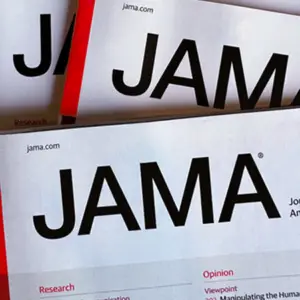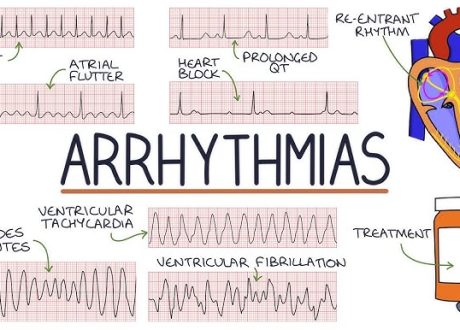 CREST Network Investigators
CREST Network InvestigatorsKey Points
Question Has the diagnostic evaluation of headache in the emergency department recently changed?
Findings In a cohort study of 21 emergency departments and 198 109 emergency encounters between 2015 and 2021, computed tomography cerebral angiography use increased 6-fold relative to lumbar puncture, with a 33% increase in the detection of unruptured intracranial aneurysms and no significant change in missed diagnoses of subarachnoid hemorrhage or bacterial meningitis.
Meaning These findings suggest emergency physicians are increasingly using computed tomography cerebral angiography and less often using lumbar puncture for headache evaluations, which appears safe in the short-term but has uncertain long-term consequences.
Importance Subarachnoid hemorrhage is typically diagnosed by noncontrast head computed tomography (CT); lumbar puncture is recommended if computed tomography is nondiagnostic, although CT cerebral angiography has been promoted as an alternative to lumbar puncture in this diagnostic pathway. The outcomes of this debate in practice have not been studied.
Objective To determine whether CT cerebral angiography use has increased in lieu of lumbar puncture among emergency department (ED) patients with headache, with an increase in unruptured intracranial aneurysm detection.
Design, Setting, and Participants This retrospective cohort study took place in 21 community EDs of an integrated health care system in Northern California between 2015 and 2021. Participants were adult (aged >17 years) health plan members with a chief concern of headache. Exclusions were prior diagnoses of subarachnoid hemorrhage, unruptured intracranial aneurysm, cerebral arteriovenous malformation, or cerebrospinal fluid shunt. Data were analyzed from October to November 2023.
Exposures CT cerebral angiography and/or lumbar puncture during the ED encounter.
Main Outcomes and Measures Primary and secondary outcomes were 14-day and 90-day unruptured intracranial aneurysm detection, respectively. Safety outcomes were missed diagnoses of subarachnoid hemorrhage or bacterial meningitis. The annual incidence of unruptured intracranial aneurysm detection was normalized to the incidence of subarachnoid hemorrhage (UIA:SAH ratio). Average annualized percentage changes were quantified using joinpoint regression analysis.
Results Among 198 109 included ED encounters, the mean (SD) age was 47.5 (18.4) years; 140 001 patients (70.7%) were female; 29 035 (14.7%) were Black or African American, 59 896 (30.2%) were Hispanic or Latino, and 75 602 (38.2%) were White. Per year, CT cerebral angiography use increased (18.8%; 95% CI, 17.7% to 20.3%) and lumbar punctures decreased (−11.1%; 95% CI, −12.0% to −10.4%), with a corresponding increase in the 14-day UIA:SAH ratio (3.5%; 95% CI, 0.9% to 7.4%). Overall, computed tomography cerebral angiography use increased 6-fold relative to lumbar puncture, with a 33% increase in the detection of UIA. Results were similar at 90 days and robust to sensitivity analyses. Subarachnoid hemorrhage (1004 cases) and bacterial meningitis (118 cases) were misdiagnosed in 5% and 18% of cases, respectively, with no annual trends (P = .34; z1003 = .95 and P = .74; z117 = −.34, respectively).
Conclusions and Relevance In this cohort study of ED patients with headache, increases in CT cerebral angiography use were associated with fewer lumbar punctures and higher detection of unruptured intracranial aneurysms, with no significant change in missed diagnoses of subarachnoid hemorrhage or bacterial meningitis. While this shift in diagnostic strategy appeared safe in the short-term, the long-term consequences remain unclear.











